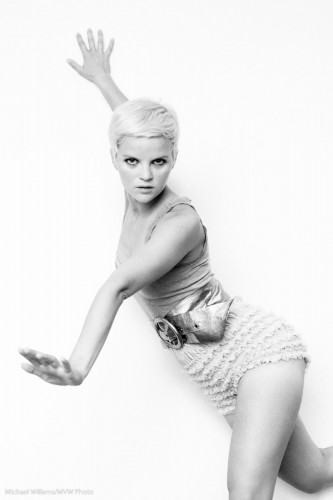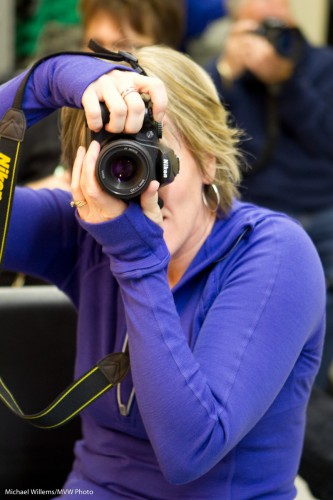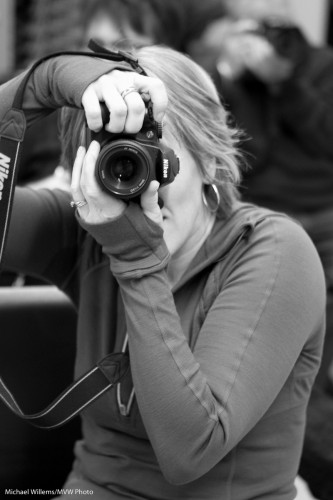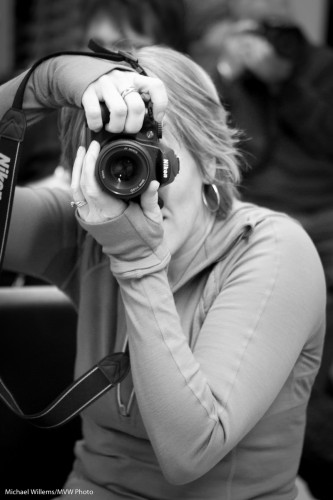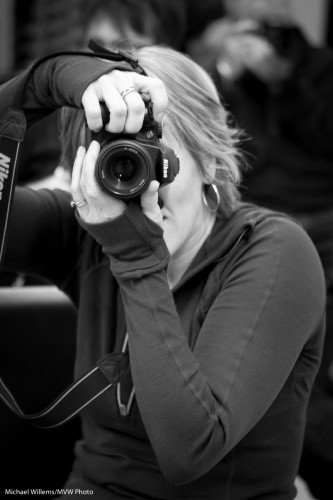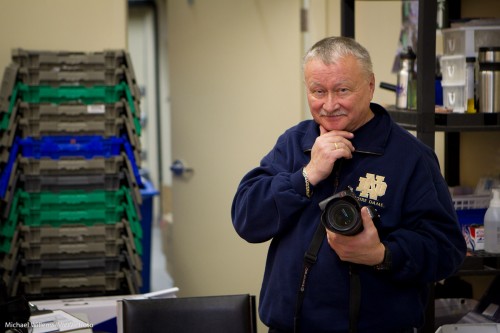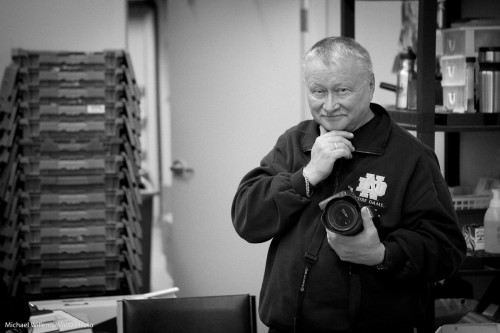Black and white is often under-appreciated. You are taking stuff away, after all.
Yes. Colour. Of course. But you are also adding stuff.
As advantages of a black and white image, you get:
- Shades of grey. Everything becomes shades of grey. So while in a colour image you may have various little groups of shade, in a colour image, all becomes grey. So you automatically get shades all the way from black to white, if you like.
- Emphasis on texture. Textures, which can be lost in colour photos, are seen clearly in black and white.
- Emphasis on shape. The same is true of shape. You are not drawn to colour, so now the pure shape is what draws you attention.
- Emphasis on light. In the absence of colour, it is all light. You can light dramatically, softly: Light is seen clearly, not as colour, but as light.
- Ability to tweak. You can tweak colours in post (or when using film, by using filters. Like in the example that follows below.
- Ability to create mood. You can add shade. Drama. Even grain, to create an old film look. I do this a lot nowadays.
- Simplicity: it is also easier to shoot. No white balance to worry about.
So today, let me show you just one trick: the above-mentioned ability to selectively change colour.
An original image of a student the other day:
Now converted in Lightroom to “neutral” black and white:
Now, I used the HSL/Color/B&W tool in the Develop module to selectively increase the brightness of her shirt:
But of course I want to de-emphasise the shirt, so her face stands out! Here’s the version I prefer, with a darker shirt:
Can you see how much more this emphasises the student, while in the original image, the colours stand out instead?
Here is one more example of how colour can distract, and how in the black and white version that distrction disappears.
So: I recommend you try some black and white. (And do it in “post”, not in the camera. Otherwise you lose the ability to tweak. You can set your camera to B/W as long as you shoot RAW, so you retain all the information).

